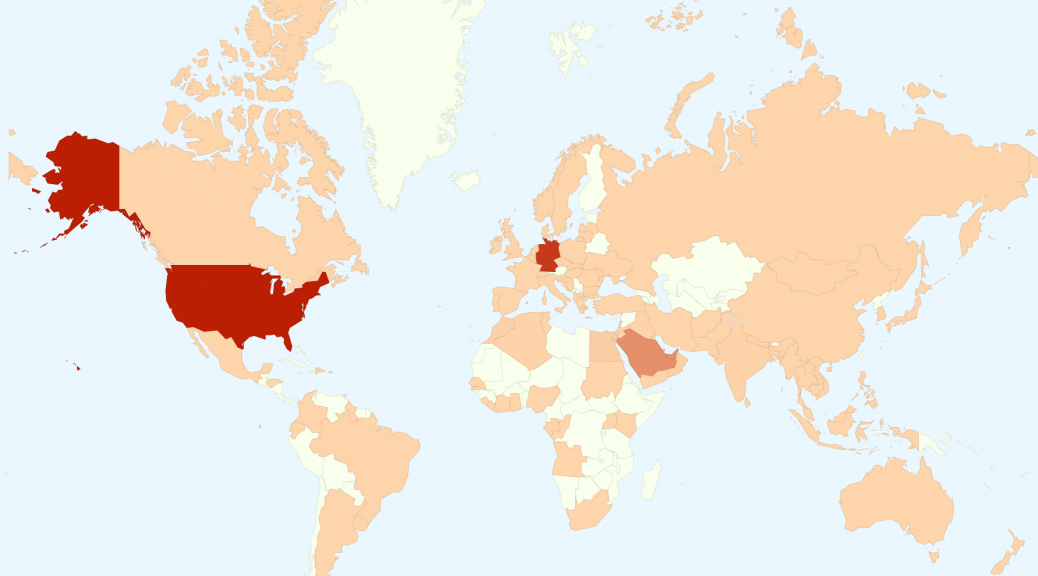In the wake of increasing drone incidents, including the most recent highly-publicized crashes at the U.S. Open tennis tournament and the opening game of a newly renovated college football stadium in Kentucky, drones got a somewhat surprising defender last week: California Governor Jerry Brown.
Governor Brown last week vetoed a bill that would have barred drones from flying within 350 feet above a property without “express permission” of the property owners. Despite easily passing the state legislature, the bill was widely reported to have opposition by tech industry companies and trade organizations.
Brown said in his veto message that the measure went too far in its restrictions. The bill, which is SB142 by Santa Barbara Democratic Sen. Hannah-Beth Jackson, would have created a trespassing crime for operating drones within 350 feet above private property without the consent of the property owner.
In his official statement about the veto, Brown noted, “Drone technology certainly raises novel issues that merit careful examination,” and should be looked at “more carefully.” But in his measured response, he suggested the act would be a crime “whether or not anyone’s privacy was violated by the flight.”
Said the Governor, “This bill, however, while well-intentioned, could expose the occasional hobbyist and the FAA-approved commercial user alike to burdensome litigation and new causes of action.”
As industry observer news website Re/Code reported, one of the tech industry’s leading associations, The Consumer Electronics Association, was a vocal opponent of the legislation. Among CEA members are Amazon and Google, both of which are planning drone delivery services. And among other influential participants, Re/Code also reported that GoPro, which recently announced plans for a drone, was in opposition.
“Safe, responsible drone use will transform the way we do business — allowing these devices to assist in search and rescue and disaster relief missions, improve crop production and efficiency, and create safer work environments for infrastructure maintenance.” Gary Shapiro, the CEA president and CEO, said in his statement to Re/Code.
Drones are (literally) at the intersection of technology, security, and privacy. Unfortunately, some bad players have colored the drone issue to date. But there are benefits to be derived from drone technology: They can speed delivery of emergency supplies, they can provide great benefits to agriculture, and they can literally save lives. For example, in natural and/or manmade disasters, drones can be positioned to survey damage, locate lost hikers or disaster victims, and improve efficiency and safety of rescue teams.
There will no doubt be more legal decisions and bills involved. As Re/Code also noted: 46 different states have considered 156 different bills about drones this year. And as American Civil Liberties Union (ACLU) policy analyst Jay Stanley recently said about drone policing,” It’s still a bit of a Wild West.”
But as Capt. Chesley B. “Sully” Sullenberger, the now-retired US Airways pilot that in 2009 managed to safely land his Airbus A320 passenger jet in the Hudson River, saving all 155 persons aboard, emphasizes: we need better risk management, better regulation of the recreational drone industry, and more enforcement of those regulations when drone operators do what he describes as “stupid, reckless, dangerous things.”





